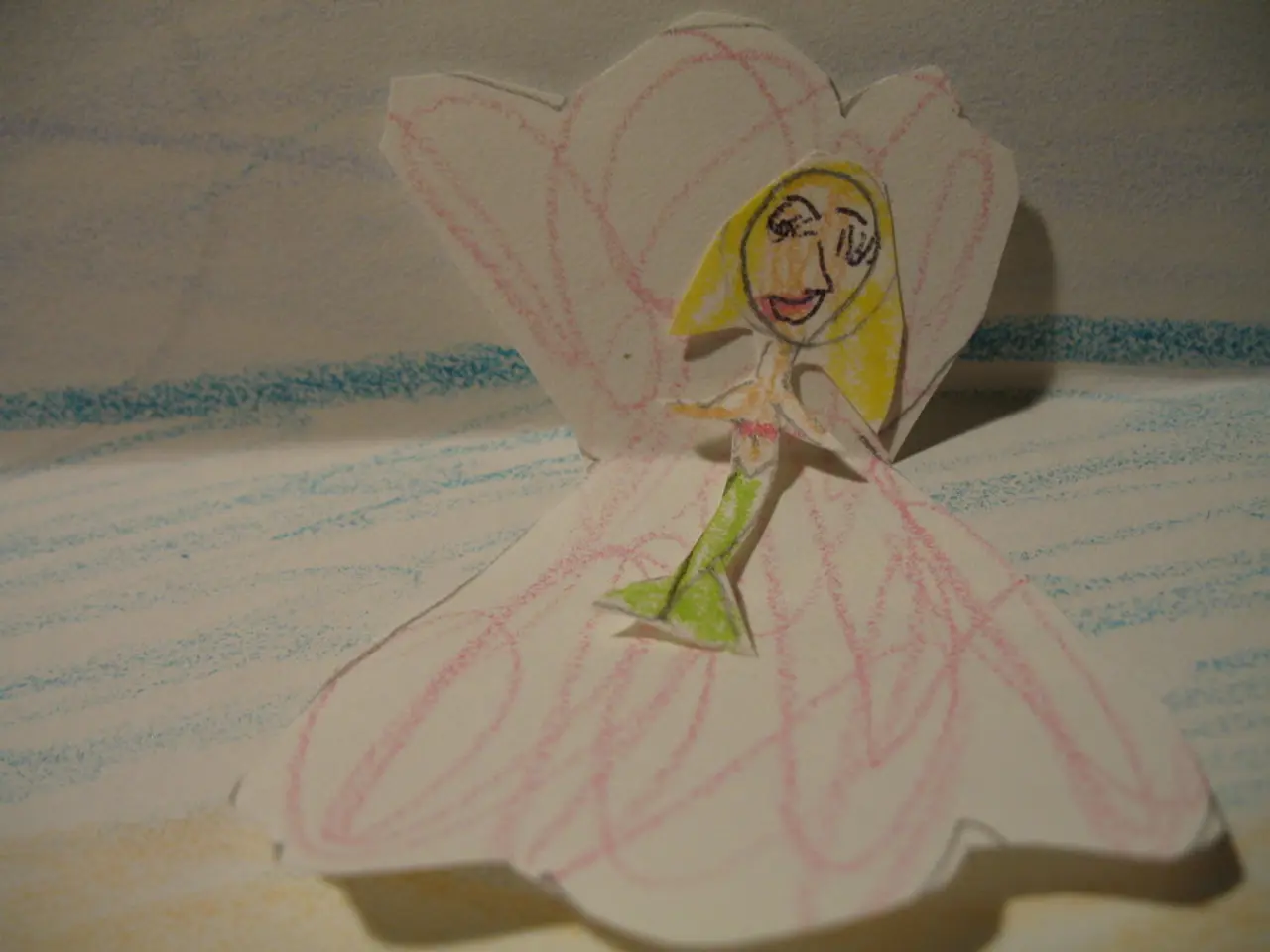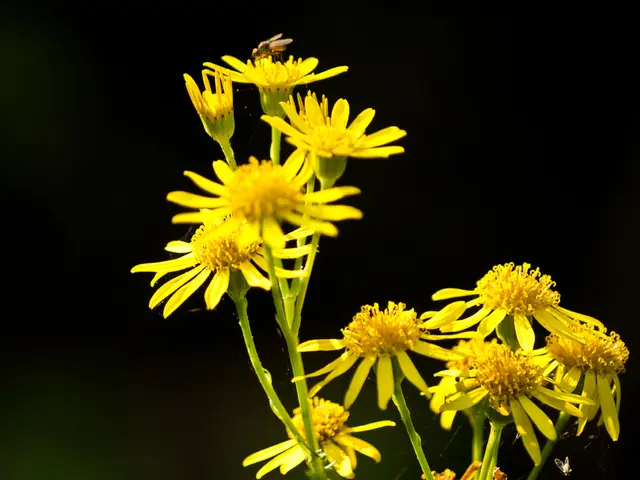Creative Handprint Initials Sculpting Project
Handprint art has a rich history that dates back to the Paleolithic period, making it one of the earliest forms of human symbolic expression and social identity. These artworks, often created by blowing natural pigments over a hand placed on a cave wall, have been found in multiple prehistoric sites across Europe and South America.
The History and Significance of Paleolithic Hand Stencils
Paleolithic handprint art is among the oldest known artworks, with some hand stencils like those in Maltravieso Cave (Spain) created by Neanderthals around 66,700 years ago, predating modern Homo sapiens art in Europe. The Cave of the Hands in Argentina and sites in France such as Pech Merle also feature prominent hand stencils dating back tens of thousands of years.
Morphometric analyses reveal that these handprints were made by diverse members of prehistoric communities—adult men and women, children, and possibly even infants, indicating the communal and inclusive nature of these artistic acts. About a quarter of known stencils belong to young hands, emphasizing the role of these caves as spaces for cultural transmission and social bonding.
The common technique was to place a hand against the cave wall and spray pigment around it, leaving a negative imprint. Sometimes, paint was also applied directly to the palm to create dots or other shapes, as seen in geometric hand signs in Chauvet Cave.
Handprints often carry symbolic meanings that go beyond mere decoration. Some stencils show intentional finger omissions, which could represent complex communication methods, ritualistic or symbolic gestures of sacrifice, identity, or belonging within the group. Geometric hand dots and signs might also function as early visual codes or marks.
Discoveries that Neanderthals produced hand stencils challenge previous assumptions about their cognitive abilities, suggesting they engaged in abstract thinking and had rich symbolic cultures akin to early modern humans.
Creating a Handprint Collage
If you're interested in creating your own handprint collage, you will need art paper, markers, a ruler, and a printable (optional). To begin, trace your hand several times onto the art paper, overlap the handprints as much as possible, and draw lines across the page and through the hands to create new shapes in between the hands. In the final step, color each individual shape with markers to create a beautiful handprint collage.
For those looking for free resources to introduce art to kids or students, there are numerous websites available, including Free Color Mixing Mini Pack, Getting Started with Process Art, Preschool Art Projects, How to Make Paint, Easy Painting Ideas For Kids, Fun Pop Art Ideas, Outdoor Art Projects, Free Art Challenges, What Are The 7 Elements Of Art?, STEAM Activities (Science + Art), and Make an art cart!
In addition, there are various packs available to help you explore different art techniques, such as the Printable Art Bundle featuring the Famous Artists Project Pack, Artists Challenge Pack, 7 Elements of Art Pack, Art and Playdough Pack, and Art Techniques Pack. The Art and Playdough Pack includes homemade playdough and art mats featuring famous artists with simple information, while the Art Techniques Pack teaches watercolor, collage, and printmaking techniques for art projects. The Famous Artists Project Pack includes 25+ artists to explore, including women, people of color, and indigenous peoples. Lastly, the Artists Challenge Pack includes a museum scavenger hunt and additional art projects.
[1] White, T. D., & Dibble, C. (2012). The Cave of Hands: Art, Ritual, and the Evolution of Human Identity. University of Chicago Press. [4] Duthoit, D., & Duthoit, J. (2005). Chauvet Cave: A World Heritage Site. UNESCO World Heritage Centre. [5] Stringer, C. B. (2002). The complete world of human evolution. Thames & Hudson.
- Preschool and kids can create their own handprint collages using art paper, markers, a ruler, and printables.
- Some handprint artworks carry symbolic meanings, with intentionally omitted fingers potentially representing complex communication methods.
- Cultural transmission and social bonding were important aspects of prehistoric communities, as illustrated by the high number of hand stencils made by children.
- The Art and Playdough Pack includes homemade playdough and art mats featuring famous artists, making it a great resource for exploring different art techniques.
- The Art Techniques Pack teaches watercolor, collage, and printmaking techniques for various art projects.
- Handprint artworks have been found in multiple prehistoric sites across Europe and South America, dating back tens of thousands of years.
- In the Famous Artists Project Pack, kids can explore over 25 artists, including women, people of color, and indigenous peoples.
- The Artists Challenge Pack includes a museum scavenger hunt and additional art projects, offering exciting learning opportunities.
- Handprints, often created by placing a hand against a cave wall and spraying pigment around it, are among the oldest known artworks.
- Home-and-garden enthusiasts may find inspiration in travels to prehistoric sites featuring hand stencils, such as Maltravieso Cave in Spain or the Cave of the Hands in Argentina.




